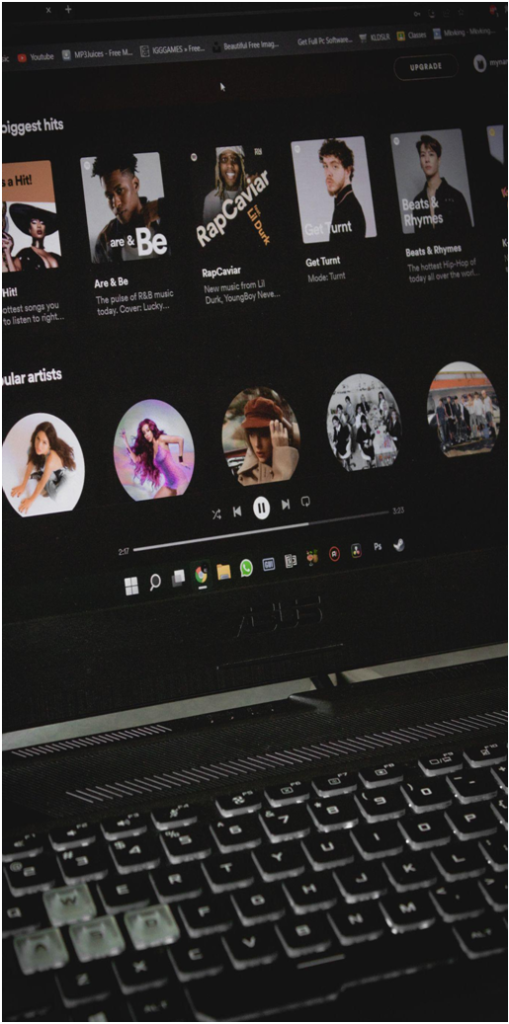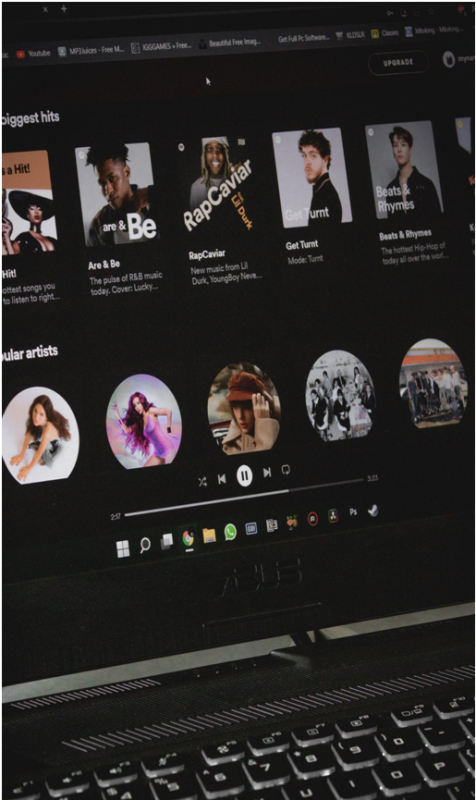Over the past two decades, the music industry has undergone massive changes due to piracy, streaming, and shifts in consumer listening habits. While the major labels still dominate, independent record labels have carved out an increasingly significant niche. Independent labels, often referred to as “indie labels,” provide an alternative path for both new and established artists. Understanding how indie labels operate and monetize music can help artists make informed decisions when considering signing with an independent or remaining DIY unsigned.
Independent record labels are small to medium-sized companies that are not affiliated with the three major labels in the industry – Universal Music Group, Sony Music Entertainment, and Warner Music Group. They tend to be lean operations, especially compared to the majors, with just a handful of staff members managing A&R (Artists and Repertoire), marketing, distribution, licensing, and other functions.
Indie labels play a vital role by scouting emerging talent across genres from hip hop to country and helping them hone their craft early on. They tend to be more hands-on with artist development compared to majors who focus mainly on established stars. For artists that eventually reach mainstream success, many started out on the indie label circuit building their fanbase from the ground up through constant touring and grassroots promotion. Read more about independent record labels

How Do Independent Labels Make Money?
While indie labels don’t have access to the massive budgets and promotional machinery of the major labels, they employ scrappy and creative tactics to profit off their artists’ work. The key revenue streams for independent labels include:
- Music sales – Indie labels earn a cut ranging from 25% to 50% of all music purchased by fans via physical formats like vinyl and CDs as well as online downloads. Streams also generate incremental revenue but the payout per stream is tiny, usually fractions of a penny.
- Merchandise – Indie labels generally take about 20% to 30% of all tour merchandise like t-shirts, hoodies, and other items sold at shows or online. This can be a significant revenue stream for labels focused on touring artists.
- Synchronization licenses – Indie labels pitch their artists’ songs for placement across TV, film, video games, and advertising. These “sync” deals can command high upfront fees and provide great exposure.
- Brand Partnerships – From product sponsorship to creative campaigns, consumer brands also pay indie labels and artists directly for various partnerships.
- Distribution fees – For independent artists that choose to simply distribute rather than officially sign to the indie label, the label will take a small cut of usually 10% to 30% of revenue in exchange for providing distribution services to major platforms like Spotify. Find out how to upload music to Spotify

Should Artists Sign to an Indie Label or Remain Independent?
For unsigned artists deliberating between signing to an indie label versus remaining DIY independent, there are some key factors to consider:
Advantages of Signing to an Indie Label
- Access to resources and industry connections – Indie labels provide studio time, promotion, radio/playlist plugging, marketing budgets, and their existing network of industry contacts.
- Higher revenue ceiling – With the indie label investing more resources into the artist, there’s greater potential to reach more fans and scale revenues. Labels earn when artists earn more.
- Flexibility and creative control – Compared to majors, indie deals often allow more flexibility related to sound, experimentation, and touring.
Find out how wto promote music independently using a music submission platform.
Advantages of Remaining Independent
- Full creative freedom and ownership – Artists retain total control and ownership of their master recordings when remaining fully independent.
- Higher profit margin – Independent artists keep 100% of sales, streams, merchandise income minus distribution fees and costs. Signing transfers ownership percentages to the label.
- Direct connection with fans – Unsigned artists have a more intimate artist-to-fan relationship not filtered through a label.
- Room for experimentation – Without label pressures or constraints, independents can take creative risks and pivot sound or direction freely.
While signing an indie label deal provides more infrastructure support in exchange for splitting ownership and revenue with the label, remaining independent is also a very viable path given today’s technology and distribution landscape enabling artists to drive significant self-made success. There are compelling cases to be made for either creative direction. Researching indie labels thoroughly and weighing all considerations before moving forward with any partnership is crucial for both labels and artists to foster mutually aligned, transparent, and fruitful long-term collaborations.
